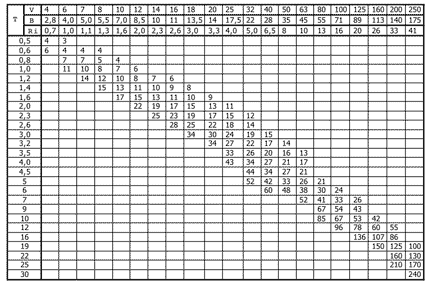Bending sheet metal by hand is a manageable task if the piece of sheet metal is small and thin enough to handle.
Bending sheet metal problems formula.
Cells on the right will output the desired values.
Consider a sheet with a 20 mm thickness and a length of 300 mm as shown in figure 1.
You only have to insert interior angle flange lengths k factor inside radius and material thickness.
With this free online tool we quickly get the sheet metal bend deduction and therefore the sheet metal blank initial flat length from the finished part measurements.
When the sheet metal is put through the process of bending the metal around the bend is deformed and stretched.
Minimum bending radius is a function of the.
This is done through the application of force on a workpiece.
Commonly used equipment include box and pan brakes brake presses and other specialized machine presses typical products that are made like this are boxes such as electrical enclosures and rectangular ductwork.
Bend deduction bd the amount removed from the sum of the two flange lengths to obtain a flat pattern.
Also known as press braking flanging die bending folding and edging this method is used to deform a material to an angular shape.
We are going to review three bending scenarios with three different bending angles.
Get to know them better to learn advance concept easily.
Here end the fabrication formulas for sheet metal up next we ll be seeing some of the terminologies in sheet metal that you ll need.
Bend angle b the inside angle between the two legs or flanges of a bend.
As this happens you gain a small amount of total length in your part.
Material thickness mt the gauge of the material in decimal form.
Bend allowance ba the amount of added to the sum of the two leg lengths to obtain the flat pattern length.
1 factors determining the minimum l bending.
Most frequently expensive sheet metal bending tools called brakes are used to bend sheet metal but you can also complete this task without one.
Bending is one of the most common sheet metal fabrication operations.
Bending is a manufacturing process that produces a v shape u shape or channel shape along a straight axis in ductile materials most commonly sheet metal.
As the middle of the v groove is hollow when forming the edge fold must be longer than the hollow section and the specific landing edge size varies in the production of different companies the lower section of v groove is under use for a long time the r angle increases which makes the scrap edge distance increases accordingly.
The force must exceed the material s yield strength to achieve a plastic deformation.
Bending and forming of the metal sheet are carried out on a plate bending machine.
Bend line shift bls the distance from the outside mold line to the original bend line on the flat pattern this is used to calculate the backstop location when working off of a flat pattern.

